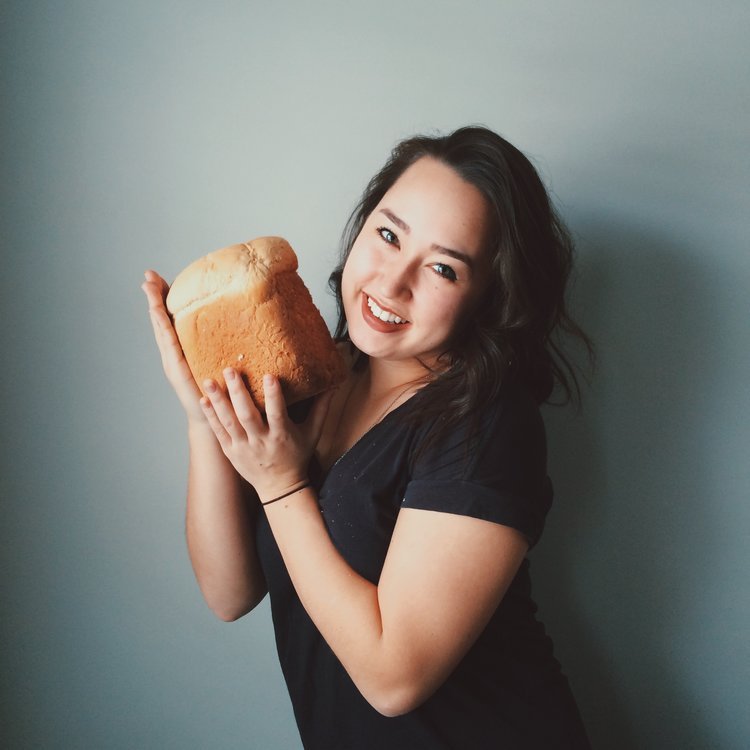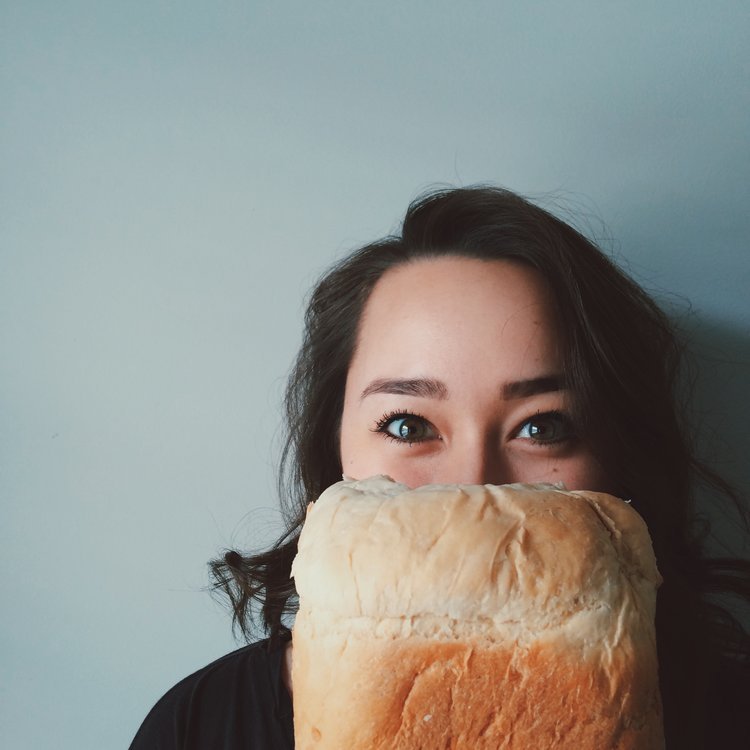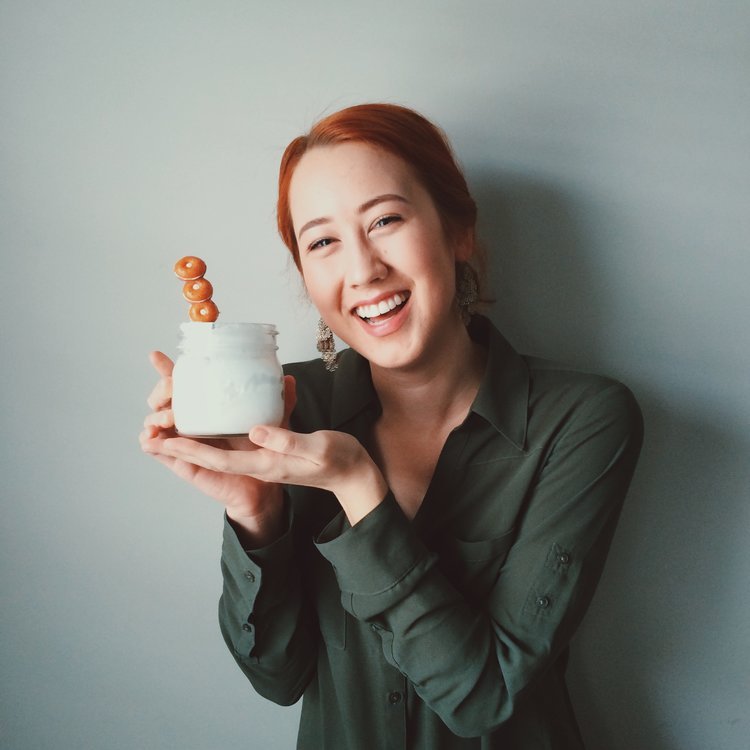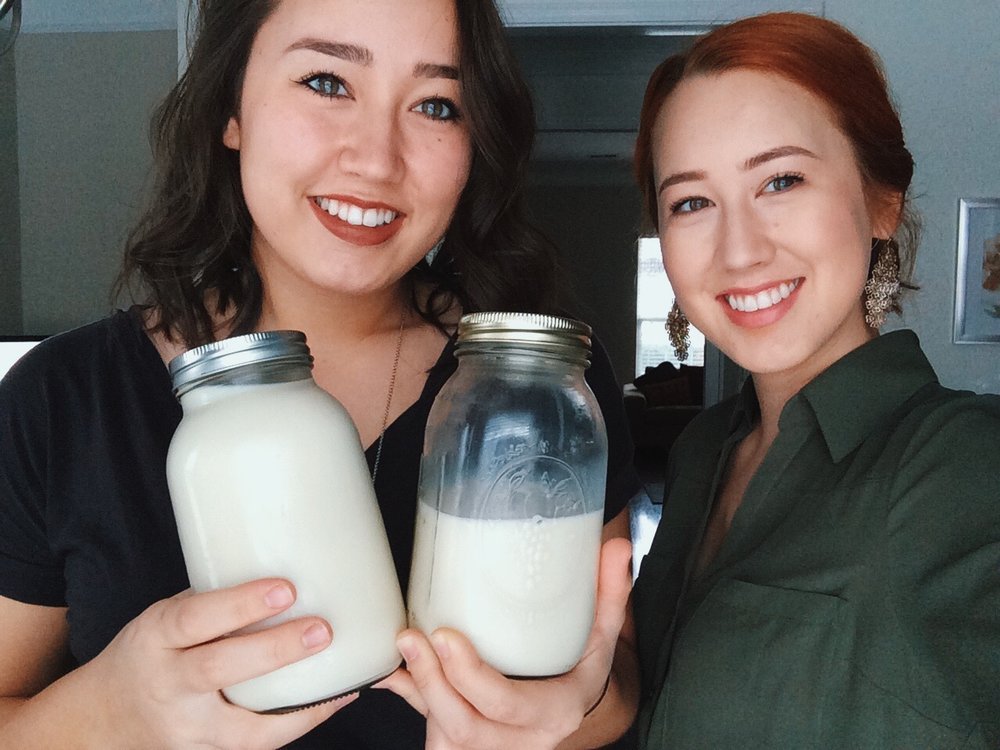Zero Waste For Beginners: 15 Products And Practices To Get Started
Imagine if you could fit four years of your trash into a 16 oz. mason jar.
Lauren Singer can. The 25-year-old founder and CEO of The Simply Co. and Package Free Shop is living a zero waste lifestyle in New York City. "I do not produce any garbage," she states on her blog Trash Is For Tossers. "No sending anything to landfills, no throwing anything in a trash can, nothing."
In alarming contrast, the average person generates 4.3 pounds of waste per day.* In 2013, the United States produced about 254 million tons of waste (more than China whose population is four times larger than the U.S.) making it the world's leading trash generator.† An article in the Los Angeles Times called it a trash crisis, pondering: why are Americans oblivious to being serial waste generators? The answer: we're not seeing it. Out of sight, out of mind (unless you're this guy who is wearing every piece of trash he generates for a month).
“We must address the disposable mentality of our waste culture. We treat food, packaging, water, clothes and the environment as if they will always exist in infinite abundance—readily available to be purchased and tossed out at our will.”
The idea behind zero waste is to divert as much waste as possible from ending up in landfills and incinerators. It's like recycling on crack. Zero waste is also another way to vote with your dollar: by supporting brands with minimal to no packaging, you are sending a clear message to corporations that our environment is a top priority.
You can't transition to a zero waste lifestyle overnight, so don't overwhelm yourself by trying to tackle too much at once. Choose a couple ideas off this list, make them a habit, then come back and try a couple more:
1. Refuse plastic and styrofoam
Aluminum, glass, copper and steel can be recycled an infinite amount of times. Paper can be recycled 5-7 times and cardboard can be recycled many times—not infinitely. But plastic can only be recycled ONCE because of how the material degrades when it is recycled.‡ Like plastic, styrofoam can take 500 years to forever to biodegrade. When you're at the store, vote with your dollar by choosing products packaged in glass or aluminum even if it is a little more expensive or inconvenient than the plastic alternative.
2. Buy unpackaged when possible
At the grocery store, try to do most of your shopping in the fresh produce section. Not only is it healthier, there is little to no packaging. Buy individual fruits and vegetables (like apples and potatoes) rather than the ones that come pre-packaged in plastic bags. Yes, some have tiny stickers on them but that's unavoidable in most major grocery stores. The point is: it beats a plastic bag. Remember to bring your own reusable cloth bags so you don't end up using the plastic ones the grocery store provides. Additionally, some grocery stores have "bulk" aisles where you can fill your own reusable containers with herbs, nuts, flour, grains, etc. which eliminates packaging completely!
Bulk food aisle
3. Shop locally
Support your local farmer's market, food co-op or local grocer (in Nashville we have The Turnip Truck, Maxwell Brothers Produce and a ton of international grocery stores on Nolensville Pike). It's another great way to vote with your dollar rather than supporting, say, Walmart. Bonus: The Turnip Truck has 10% off bulk foods on Wednesdays!
4. Say no to straws
Did you know 500 million plastic straws are used and discarded every day in the United States alone? According to The 5 Gyres Institute, plastic straws are one of the top polluters on our beaches and can be harmful to animals. The next time you order a drink say, "Without a straw, please!" But if you absolutely cannot part with straws, swap the plastic version out for these alternatives.
5. Give a crap about your toilet paper
Get cheeky with Who Gives A Crap toilet paper—made from 100% bamboo fibers! Not only is their packaging totally #onpoint and made from environmentally friendly materials, they also donate 50% of their profits to help build toilets for those in need. Click here to get $10 off your first order.
6. Keep reusable grocery bags and to-go containers in your car
Some stores (like Target) will give you a five cent credit when you bring your own bags (but you may have to remind the cashier)! Keep a stash of reusable grocery bags and to-go containers in your car. That way, you'll never forget them at home. When we first started bringing our own to-go containers to restaurants, we often forgot them in the car. But even if it's cold out, we walk back out to our car to grab them. Same goes for our grocery bags. That's how you make it a habit!
7. Keep a hand towel in your purse or pocket
Most public restrooms still use paper towels. So until everyone gets on board with hand dryers, carry a hand towel with you (we got this one from IKEA for 79 cents) in your coat pocket or purse instead of using paper towels. I know it can be a hassle, but every little bit helps!
8. Bring a reusable water bottle with you everywhere
Disposable plastic water bottles are bad. Period. I don't need to rattle off statistics for you to know that. Get a reusable water bottle and keep it in your car's cupholder so you never forget it at home! Stainless steel bottles are best (I love these plastic-free ones from Klean Kanteen) but if you already own a reusable plastic one that is non-toxic, use that. The goal is to keep disposable plastic water bottles out of landfills and to stop buying them to reduce their "demand". Drop an activated charcoal water filter in your bottle so you have purified water wherever you go.
9. Switch to bar soap
Liquid hand soap comes packaged in plastic, but you can buy bar soap unpackaged or in recyclable paper/cardboard packaging. Store your soap on an eco-friendly bamboo soap dish, like this one from IKEA.
10. Use a compostable toothbrush
Over 4.7 billion plastic toothbrushes that will never biodegrade are dumped in landfills and oceans every year worldwide. So let your dentist keep that complementary plastic toothbrush and get yourself a compostable bamboo one! I am IN LOVE with my new Brush With Bamboo toothbrush that Chloe got me for my birthday. It is completely biodegradable and all the packaging can be recycled or composted! I have never been so excited to unwrap a toothbrush in my life.
11. Ditch dryer sheets and use wool dryer balls instead
Not only do wool dryer balls help reduce waste, they are 100x better for my sensitive skin! Dryer sheets are full of toxic chemicals and fragrances—a sure recipe for skin break outs. Now we use four wool dryer balls with a few drops of dōTERRA 'Purify' essential oil. They can be used over and over so you never have to buy another box of dryer sheets again! If you're still not convinced, read this blog for the endless list of benefits.
12. Trade tampons for a menstrual cup
9,120 tampons. That's the number of tampons the average woman will use over the course of her menstrual life according to Huffington Post. Multiply that by the number of women who use tampons (the article stated 70 percent) and you've got a lot of tampons headed to landfills. At around $7 per box of 36 tampons, the average woman will shell out $1773.33 for them in her lifetime. Enter: the menstrual cup. Seriously, it changed my life. I just wish I'd made the switch sooner. It's reusable, you can keep it in for 12 HOURS. Chloe and I have the DivaCup which is $24, but compared to $1773 that's a steal. If the idea of a menstrual cup freaks you out, here are 6 Weird Reasons To Wear A Menstrual Cup That Aren't About Saving The Environment. Still on the fence? Reusable cloth pads like GladRags are another great eco-friendly option.
13. Save money with a safety razor
Remember the days when shaving used to be a gentlemanly art form? No? Me neither! Cheap, plastic disposable razors have been around since I began shaving as a teenager. But I like to imagine a time when shaving was a more classy, less tacky affair. And certainly less wasteful, mind you. While stainless steel safety razors are marketed more to men, ladies can use them, too! Just read How I ditched sexist disposable razors and learnt to shave my legs like a gentleman. Then watch a couple how-to videos and get yo self one! It will save you money in the long run.
Photo courtesy of Oui Shave
14. Compost your food scraps
You can turn food scraps into nutrient-rich soil. Seriously. I wrote an entire blog post on the magical process that is composting called 3 Easy Steps To Start Composting At Home Today. Chloe and I have been having so much fun (yes, fun) with the little compost tumbler she got for her birthday. But if you live in an apartment with no balcony or outdoor space for a compost tumbler, watch this video on How To Compost Anywhere. NYC even has drop-off sites where you can take your food scraps to be turned into compost!
15. Make it yourself
Since embarking on our zero waste journey, Chloe and I have taught ourselves how to make our own toothpaste, bread, soy milk, granola, and pasta. That's right. You can reduce packaging and become a #DOMESTICGODDESS at the same time. Plus, you don't have to worry about ingesting weird chemicals or artificial ingredients that are impossible to pronounce.
How to make zero waste toothpaste (coconut oil may solidify and clog drain pipes, so spit in a jar or the trash)
For more ideas, check out our Zero Waste Pinterest Board, Trash Is For Tossers and Zero Waste Home.












